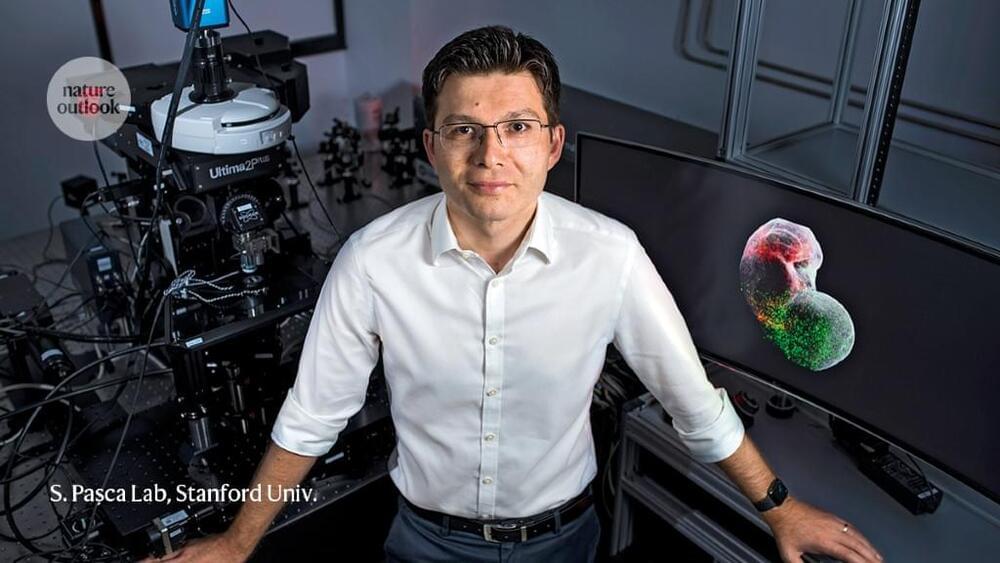Following a launch in late August and a month-long stay in orbit, SpaceX and NASA are preparing to return the CRS-23 (Commercial Resupply Services 23) mission from the International Space Station (ISS). Cargo Dragon undocked from the station on Thursday, September 30 at 13:12 UTC, with a splashdown in the Atlantic Ocean planned for Friday, October 1 at 03:00 UTC.
CRS-23 uses Cargo Dragon C208-2, a Cargo Dragon 2 spacecraft from SpaceX. The spacecraft will conclude its second flight to space when it splashes down on Friday, previously launching on the CRS-21 mission in December 2020.
Unlike Crew Dragon missions, Cargo Dragon spacecraft are not named and instead are referred to by their serial number. Crew Dragon spacecraft are given their names by the first crew that flies in them.









